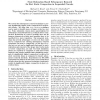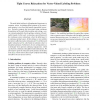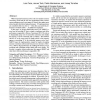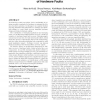150 search results - page 8 / 30 » A Calculus for Relaxed Memory |
76
Voted
DATE
1998
IEEE
15 years 4 months ago
1998
IEEE
We extend the subsequence removal technique to provide signi cantly higher static compaction for sequential circuits. We show that state relaxation techniques can be used to ident...
111
Voted
ICCV
2011
IEEE
14 years 12 days ago
2011
IEEE
The multi-label problem is of fundamental importance to computer vision, yet finding global minima of the associated energies is very hard and usually impossible in practice. Rec...
99
Voted
EMSOFT
2005
Springer
15 years 6 months ago
2005
Springer
We propose a programming model dedicated to real-time videostreaming applications for embedded media devices, including highdefinition TVs. This model is built on the synchronous...
85
Voted
ISCA
2007
IEEE
15 years 6 months ago
2007
IEEE
While Sequential Consistency (SC) is the most intuitive memory consistency model and the one most programmers likely assume, current multiprocessors do not support it. Instead, th...
84
Voted
ISCA
2010
IEEE
15 years 5 months ago
2010
IEEE
As technology scales ever further, device unreliability is creating excessive complexity for hardware to maintain the illusion of perfect operation. In this paper, we consider whe...




